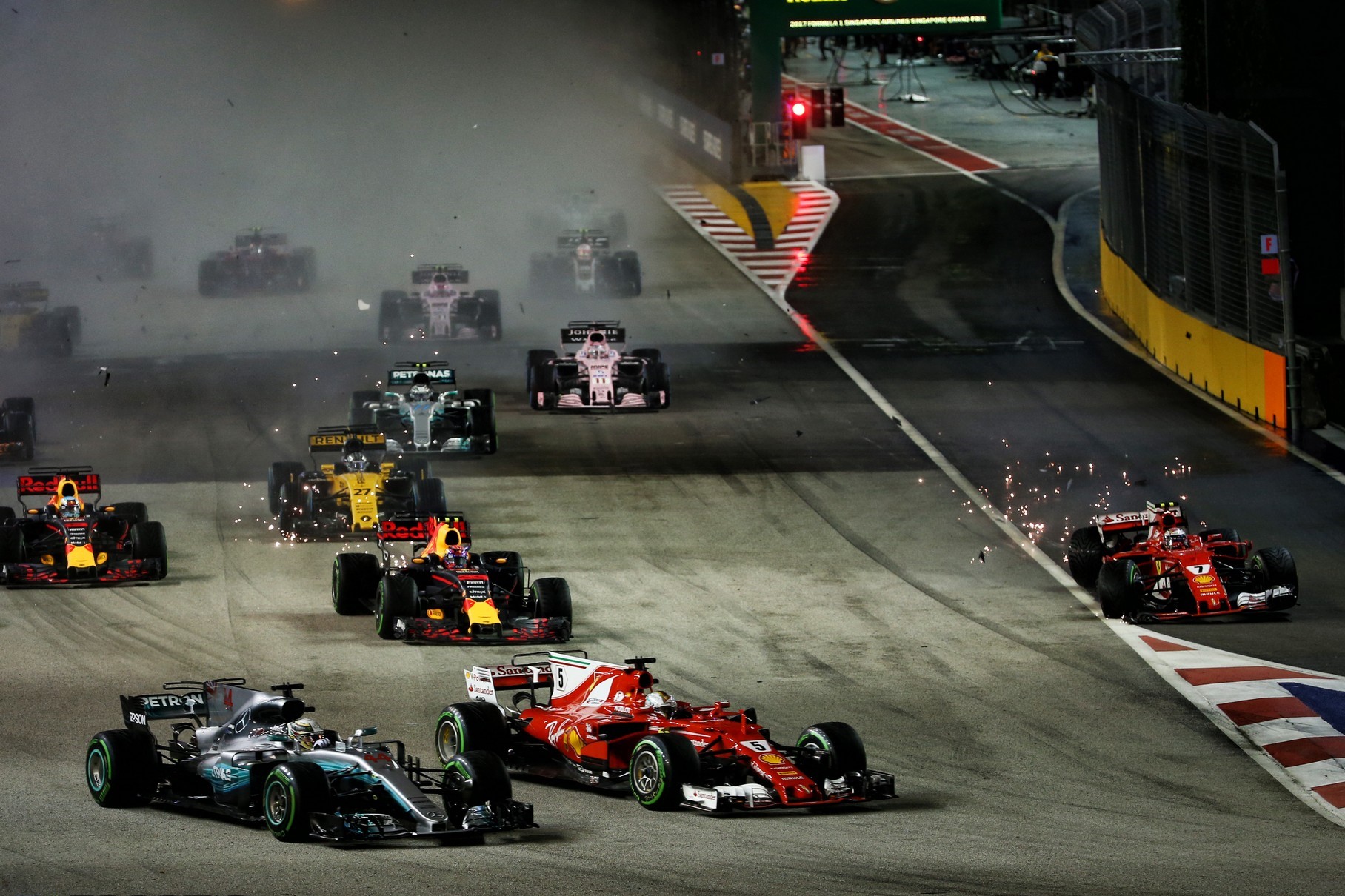The changes in F1 for 2018 may result in significant changes in terms of racing and the fans are most likely to be on the losing side.
In terms of racing, the 2017 season was one of the best in years, with the battle between Mercedes and Ferrari seemed as the biggest in the current era of the hybrid technology. Lewis Hamilton and Sebastian Vettel fought hard throughout the year, but in the end only one could be the champion.
But all these things that were brought back after the new for 2017 technical regulations were introduced could be lost, due to the upcoming changes for 2018. And of course, we’re talking about the introduction of the “Halo” and the reduction in power unit elements for next season.
You may ask now: “Why should we blame Ferrari” about this. The answer is very simple. Ferrari was the only team that voted in favor of these changes, the only one out of 10 teams. Especially for the reduction in PU elements, customer teams, such as Red Bull, wanted cheaper engines and FiA came with only this solution.
But what do they mean?
First of all, the “Halo” system will be part of the monocoque and it’s total weight will be around 14 kg. That means the overall weight will be increased, the cars will be heavier and also the weight distribution will also change. The aerodynamics of the cars will be affected too, making them slower and less enjoyable for the drivers. And to conclude this section, more weight, means different tire wear and some teams may find themselves in an awkward position in terms of this. I’ll put the aesthetics aside since there is no point arguing about how ugly the cars may look like.
Now, in the Power Unit topic, things may look worse than they already are. Next year the limit of the engines will be down to 3, as well as the turbo and the MGU-H components. The rest will stay in 2. All this is happening to reduce costs, but manufacturers will end up spending more money to improve reliability, since each engine must complete 7 whole races including Free Pracitces and Qualifying. This means we’re gonna see a massive amount fuel saving, engine modes that won’t hurt the engines that much and drivers won’t fight for a position on track because the engine life spawn is much more valuable than 2 or 3 points.
Don’t be surprised if qualifying results will be the same as the race results in the first races next year. The racing will be only for around 10 laps in a 305 km race, which is quiet sad for everyone. F1, the drivers and Liberty Media are the losers from these changes and only one team voted in favor, Ferrari.




